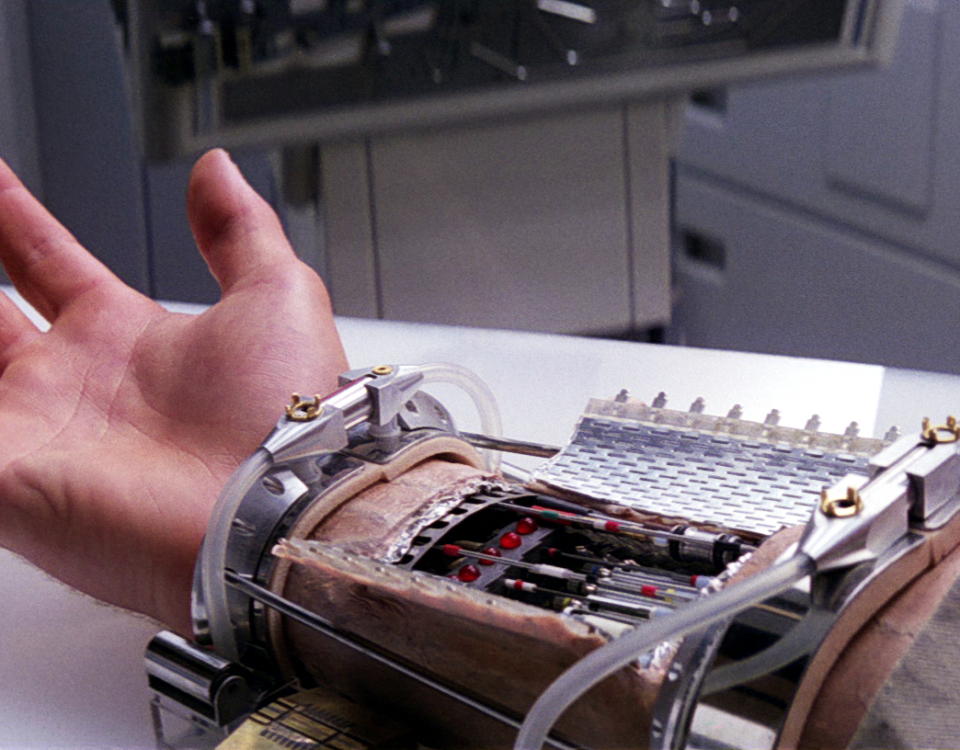Not All USB Cables Are Created Equal
Copyright Infringement of Software
April 30, 2014
Can Autonomous Cars Make Split Decisions?
July 28, 2016Not All USB Cables Are Created Equal

Could you be wasting money on the next USB cable you buy?
It’s possible. Maybe even probable.
Recently I needed to monitor the current flow through a USB cable charging the battery in a USB device as part of a patent claim analysis. I used an oscilloscope with data-collection capabilities to monitor and log voltage level over a few hours, until the device was fully charged. By observing the voltage drop across a small resistor in line with the +5V wire of a USB cable, I could monitor the current used during the charging process.
I cut the +5V line of a short, 6-inch USB Type A extension cable to insert a small resistor. Modifying an extension cable allowed me to plug in a variety of devices without having to modify their respective USB charging cables. However, inserting a small resistor in this cable proved difficult, cumbersome, and unreliable.
I went to the local computer store to buy another USB extension cable. The shortest one the store had was 6 feet long. I bought it, then realized that I didn’t need to cut the line and insert a resistor; I could use the resistance of that 6-foot wire. I cut into the insulation on each end of the cable enough to expose the +5V wire inside the red insulation. Figure 1 shows one end of the cable.

Figure 1 - Cable insulation cut away to expose the +5V wire
I connected the modified USB extension cable between the wall charger and the device’s USB cable, connected the scope probes across the ends of the extension cable, and applied power. The device woke up, determined that it was plugged into power, and then started drawing power to charge its battery. Then it did something totally unexpected: it quickly shut down.
I discovered that the resistance in that 6-foot cable was about 1 ohm on each line from one end to the other.
Current flows on the +5V and the Ground lines, meaning 2 ohms of total resistance. With a typical USB wall charger that puts out 5V at 1A, the 1A flowing across 2 ohms means a 2V voltage drop across the 6-foot extension cable. In other words, when the USB device started drawing power to charge its battery, the voltage level at the device dropped from 5V to 3V. That is not enough for the device to charge its battery, so it shut down. I needed an extension cable with a much smaller resistance.
I went to another computer store, taking my ohm meter with me. One would think that an expensive, 6-foot cable with gold-plated connectors is a higher-quality cable. However, the one I tested had the same 1-ohm resistance. Additionally, the store’s 18-inch cable was not any better.
Luckily, the store had a cheap, 6-foot USB extension cable that measured only about 0.1 ohm. I bought it. It worked perfectly, allowing me to conduct my tests.
Some USB extension cables have electrical characteristics which make them useless. In fact, expensive, gold-plated cables are no guarantee of gold-plated effectiveness. While some high-resistance cables might work for data transfer, they might not adequately supply power. Although the four cables I tested don’t constitute a statistically significant sample size, the small tests conducted leave something to consider when making future purchases.
Gary Stringham is an acknowledged hardware/software/firmware expert witness and consultant. Feel free to contact him at 208-939-6984.



